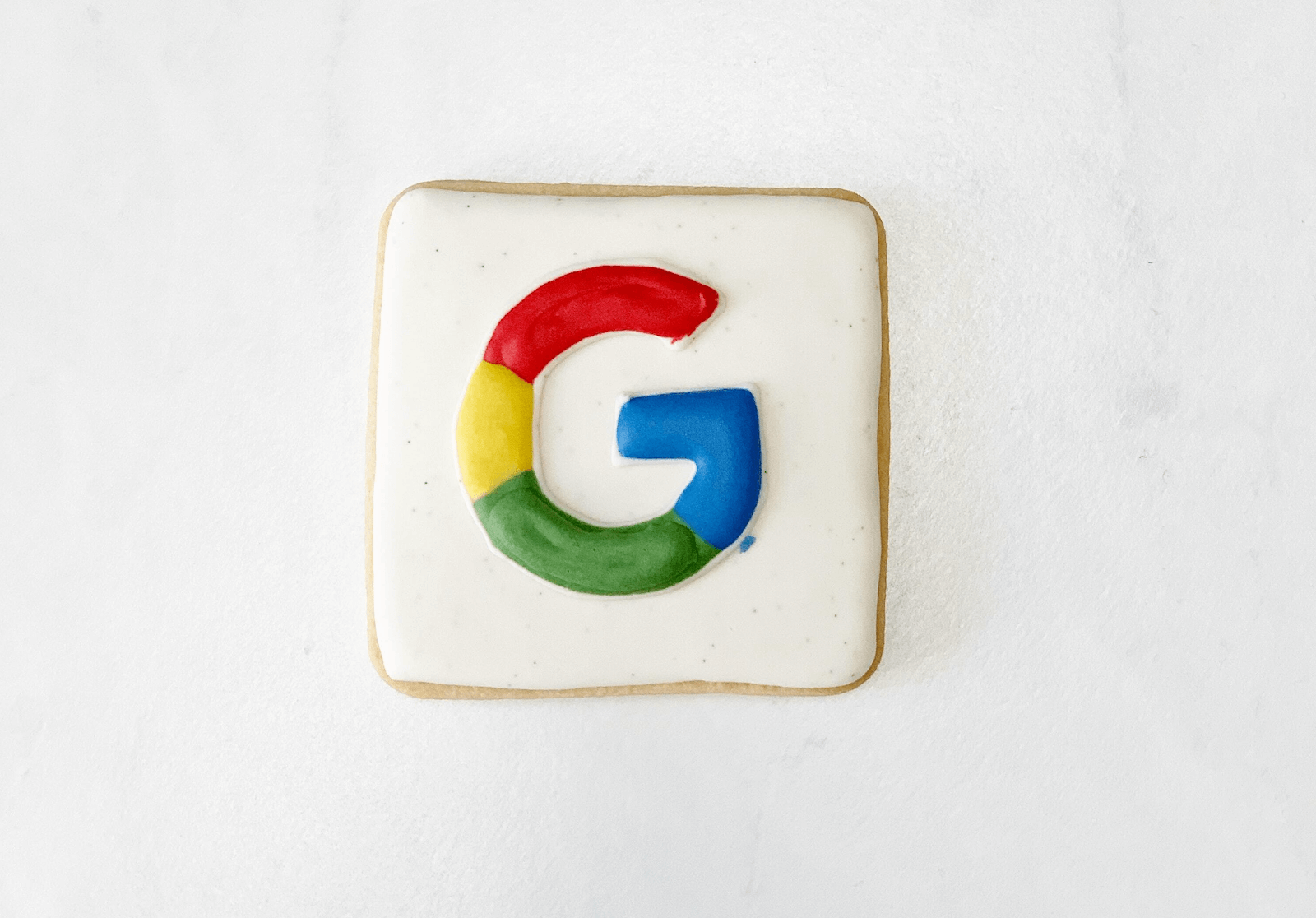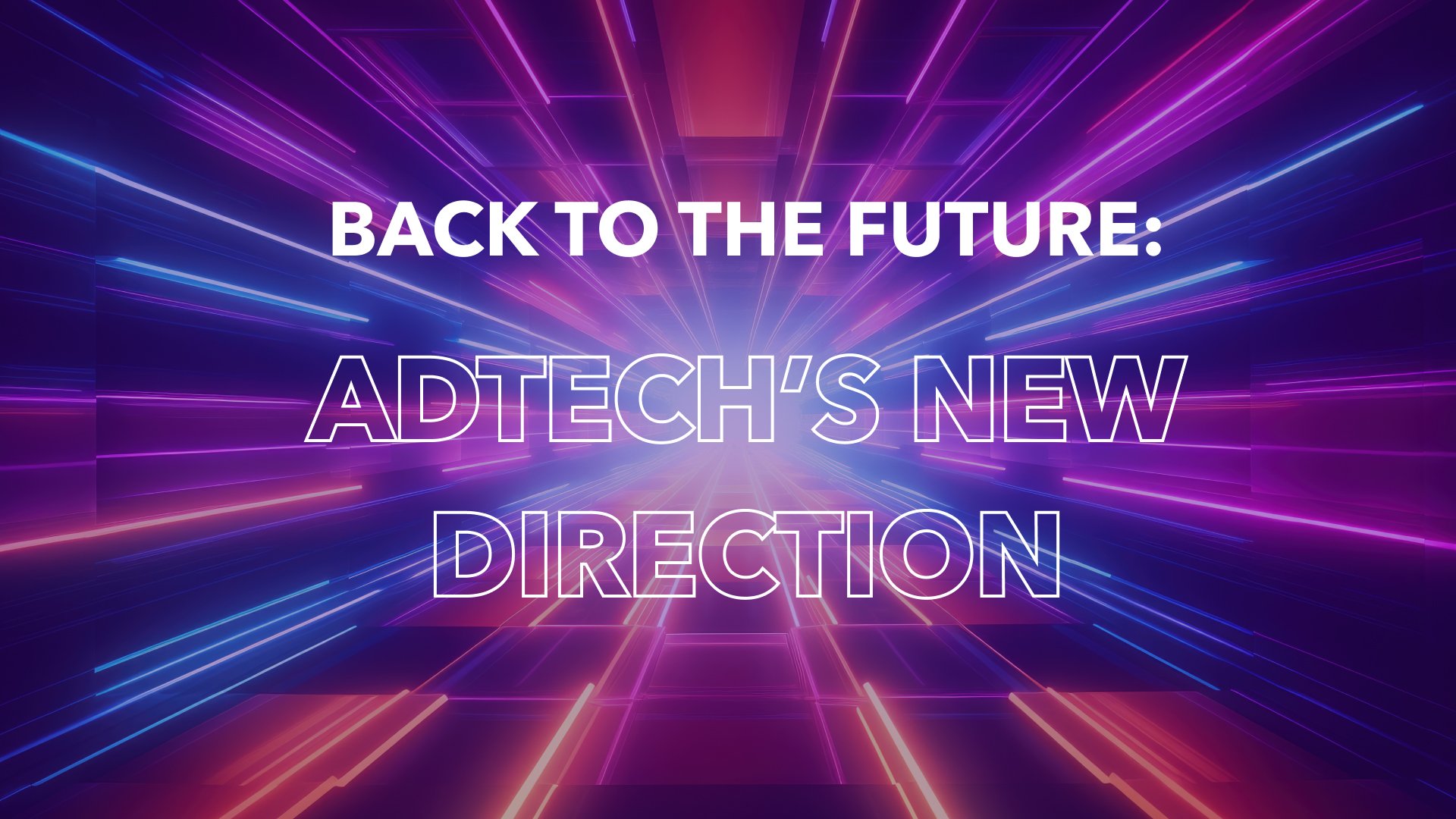3 min read
The Death of the Cookie: Cookies Are Off The Menu
iCrossing Digital Solutions Jul 17, 2020 4:39:00 AM

As more regions implement consumer-protection privacy laws and technology companies advance new features that discourage tracking, it is clear the industry is headed towards a cookie-less future of web browsing. This has massive implications for advertisers. Over the course of this series you’ll learn what changes are coming soon, the long-term implications of cookie-less browsing, and how your brand will be able to target consumers to drive transactions in the future.
First things first: what are cookies?
There are two types of cookies, first and third-party. First party cookies are a tiny pixel and snippet of code within a webpage that is stored on a user’s browser when they visit your site. This can store a user’s ID, password, basic data about the user, and it is all used to streamline the user experience and allow personalization and targeting.
Third-party cookies are the same type of code, but generated by another website the user visits. These cookies can track behavior across sites and send information to the third party (hence the name) that created the cookie. This enables robust user profiles and behavior summaries, retargeting of advertisements, and creating lookalike audience targets. Third-party cookies on the other hand do not save personal identifiable information (PII).
What does “death of the cookie” mean?
GDPR in Europe and CCPA in the U.S. have placed restrictions on the use of consumer/first-party data, translating into a rethinking of the digital marketing workflow and action from the entire ecosystem.
The companies that develop web browsers are phasing out the cookie technology. In the future, all cookies will depreciate 1-7 days after a visit or be blocked from functioning completely. For Apple Safari and Firefox, these changes are already in place. For Google Chrome (which commands 60% of market share), this change is expected by the end of 2021.
While web browsers have implemented third party cookie/consumer data blocking and are in a race to use privacy as a differentiator, Google’s opt-in version of ITP will be the ultimate elimination of the third party cookie, creating a blind spot for marketers where they have previously had a full view of the consumer.
“Contextual targeting is the new cookie, and people-based marketing is the future.”
How the cookie crumbles
It’s not all bad news. Advertisers will still be able to target certain demographic profiles, but they will not be able to pinpoint to the individual level for things such as retargeting a specific item a user browsed earlier. Contextual targeting is the new cookie, and people-based marketing is the future.
Still, these changes have potentially negative implications for audience profiling, targeting, content and user experience development, personalization of websites, and tracking and analytics. It will be much more difficult for advertisers to have as deep a view into web behavior and advertising performance against target audiences than before.
All of these implications mean that first-party data offerings will become significantly more important for advertisers in the coming years. First-party data will be one of the only remaining ways to generate meaningful, actionable consumer insights. Further, data provided by users voluntarily (through opt-in sign in portals to access publisher content, for example) will be one of the only ways for advertisers to continue to monitor user behavior and enable effective advertising strategies such as retargeting.
To stay ahead of market evolutions like this, we have built a consumer-centric, cohesive marketing system that revolves around real-time behavioral data combined with available first-party brand data, which enables targeting in real-time, across devices and channels. This system operates with three strategic imperatives:
1. Identity Resolution: An approach to recognizing and understanding the full consumer journey across devices.
2. Data Collection and Management: First-party data is the most important asset and brands will need to link historical data and real-time/behavioral data (device/site interactions, shopping carts/products and categories).
3. Automation: Shift from reliance on cookies to people-based targeting. Consolidate all data to a single source for a singular view of the consumer and automate an omnichannel approach across all devices. It is critical for us to identify all sources of first-party data that exist across a client organization and find a way to classify and unify it into an automated system so that it becomes actionable marketing intelligence.
Check back for more information on how advertisers plan to adjust their strategies moving forward in the new, cookie-less world. If you are interested in accessing the industry’s largest first-party data offering to strengthen your marketing strategy and help drive transactions, contact us.
.png)
The Cookieless Revolution
The (still) impending death of third party cookies

The Cookieless Future of Marketing
A life without cookies? There is a change coming, and it’s coming quickly. Unless one hasn’t been attuned to the happenings of the digital marketing...

3 min read
AdTech Systems: Back to the Future
Paid media is changing – and it looks a lot like what the advertising industry has seen before. Learn more about what this means for your paid media...
